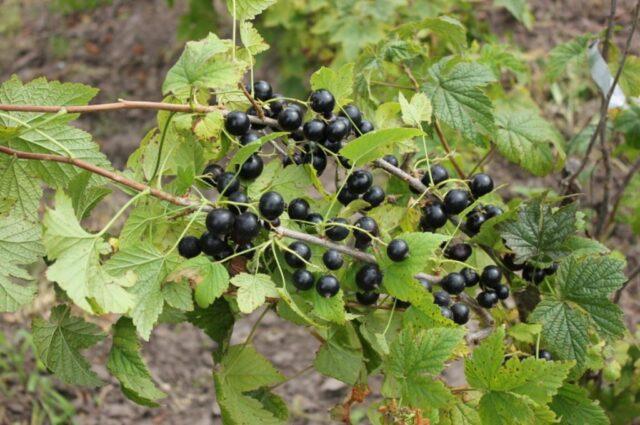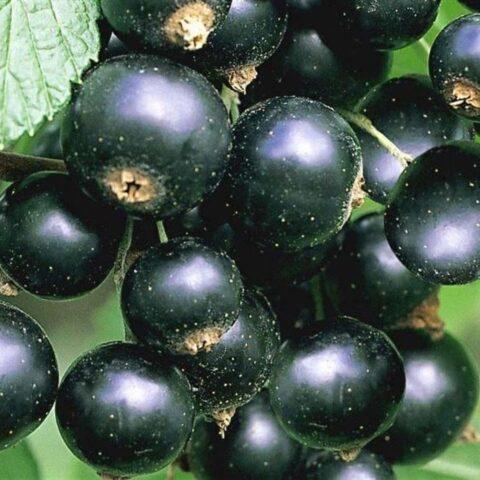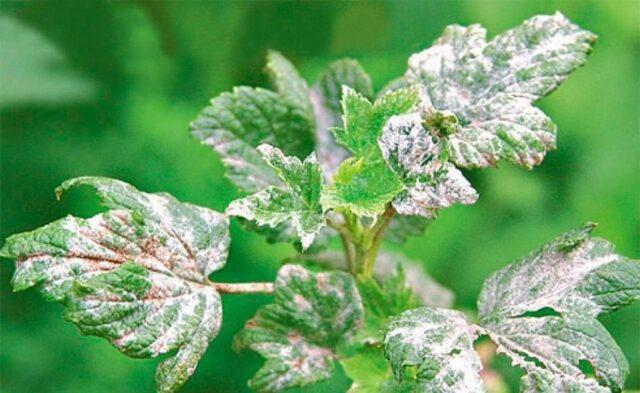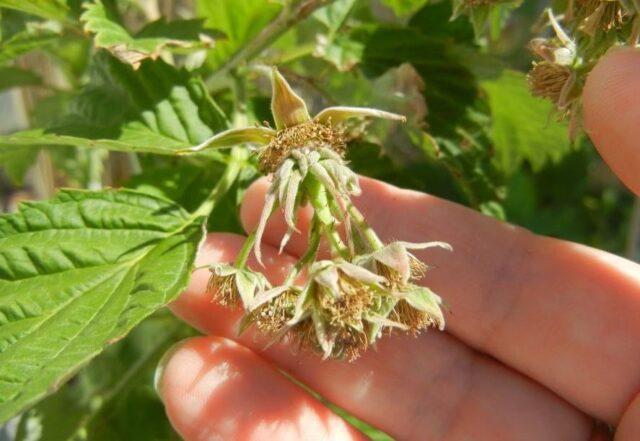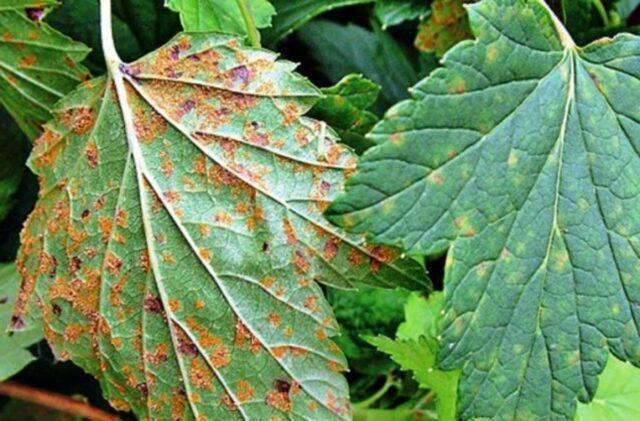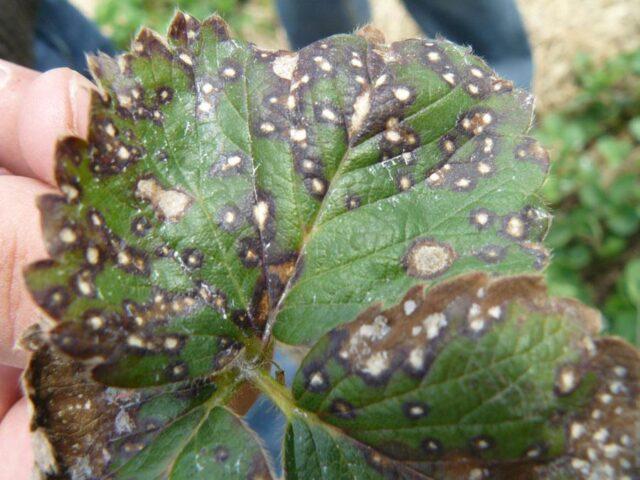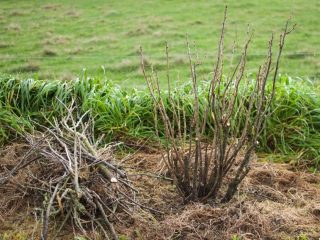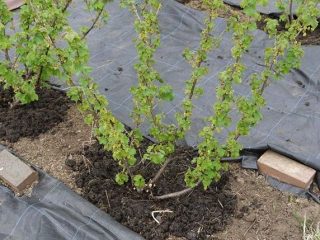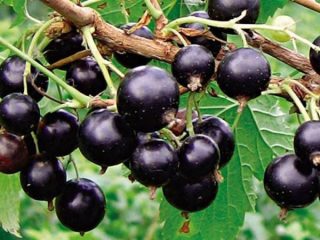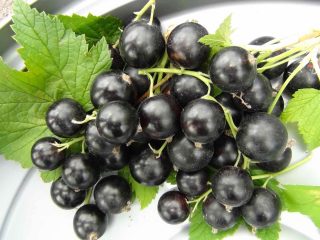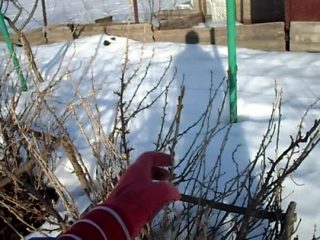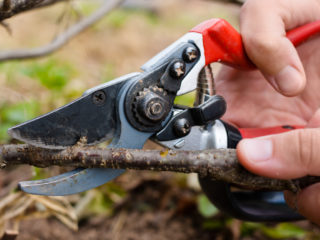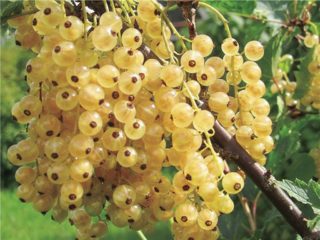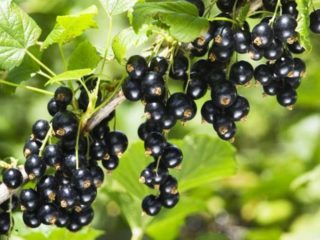Content
Blackcurrant Myth is a relatively new variety of domestic selection with high characteristics. The saturation of berries with vitamins and microelements and the versatility of their use attract gardeners. The popularity of the variety is growing every year, especially since it is unpretentious and unpretentious in care.
History of selection
Black currant Mif was obtained by crossing two varieties:
- Rita (Rita) – medium ripening, with large berries.
- Titania (Titania) is a high-yielding species of Swedish selection.
The originator of the Myth currant is the Selection and Technological Institute of Horticulture (Moscow), its authors are F. F. Sazonov and I. V. Kazakov. The variety was included in the State Register in 2016 and is recommended for cultivation in the Central regions of Russia.
Description of the currant variety Myth
The Myth currant bush is medium-sized. Its shoots are straight, slightly spreading, with matte gray-brown bark without pubescence. The buds are narrow, pointed at the ends, and strongly deviated from the branches.The leaf blades are bright green, shiny, convex, with medium wrinkles. The edges are jagged, slightly curved. The shape of the leaves is five-lobed, asymmetrical. Their cutouts are small, the tops are sharp, and the angle between the blades is straight.
The root system of the Myth currant variety is powerful, the diameter exceeds the projection of the crown by one and a half times, the central roots can go from 60 cm to 2 m in depth.
The fruit cluster is of medium size, the flowers are white, with a greenish tint. After ripening, the berries are round, black, with dense skin. Average weight – 1.5 g. The taste is sweet and sour, with a pronounced aroma. Tasting score – 4.5 points. The pulp is juicy, sugar content – 3.8%, acid – 2.4%.
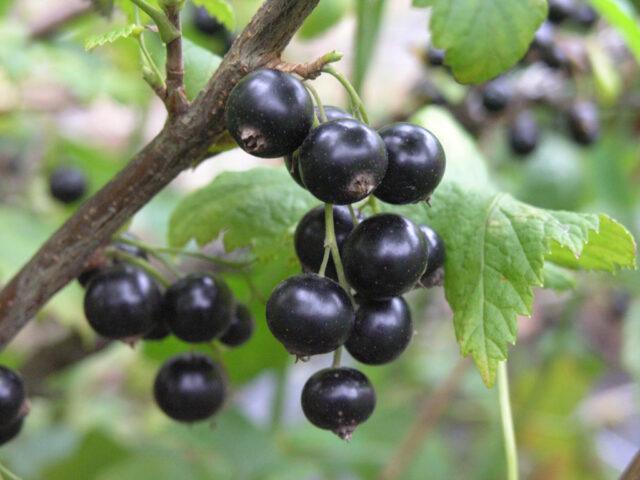
In addition to taste, black currant berries are distinguished by a high content of vitamins A, C, PP
Characteristics
Black currant Myth acquired good taste and easy ripening from the crossed maternal varieties Rita and Titania. In addition to these advantages, it has other features.
Drought resistance, winter hardiness
Despite the fact that black currant is moisture-loving, the Myth variety easily tolerates temporary drought; the berries do not fall off during this period. This feature is explained by a powerful root system that can provide the plant with moisture.
The winter hardiness of the Myth currant is high; freezing of bushes in central Russia occurs in the event of abnormal frosts and sudden temperature deviations. Kidney damage from recurrent frosts is extremely rare.
Pollination, flowering period and ripening time
Currant Myth is self-fertile. It does not require the presence of pollinating varieties, but it is advisable to plant several bushes on the site, thanks to which pollen carried by the wind increases the yield.The variety is classified as mid-season. Flowering begins in May, the ripening stage begins in late June - early July. Dates vary depending on the weather conditions of a particular year.

There are eight to ten ovaries in each currant cluster.
Productivity and fruiting, keeping quality of berries
Productivity per bush – 2.7 kg. When grown on an industrial scale - 59.2 c/ha. The collection lasts about two weeks and ends in August. The berries have reached full ripeness can be judged by their deep black color, juiciness and sweet and sour taste. The Myth variety of currants are harvested in several stages as they ripen. You should choose a dry, warm day for work and remove the berries from the bush along with the stalk. In this form they can be stored and transported longer without loss of quality. No more than 3 kg is placed in each container.
The Myth variety currant bush is erect, therefore suitable for both manual and mechanized picking. The berries do not bake in the sun and fall off after they are completely overripe. Keeping quality is average. They can be stored fresh in the refrigerator for up to two weeks if packaged in small containers in a thin layer.
Resistance to diseases and pests
The authors of the Myth variety note that it is rarely affected by diseases and pests. Although currants are highly resistant to pathologies and have strong immunity, low temperatures, prolonged rains and other unfavorable conditions can lead to the spread of fungal and viral infections:
- powdery mildew – spreads from diseased plants to healthy ones, manifests itself in the form of a white coating on stems, leaves and berries.
- Terry - a viral disease leading to complete infertility of bushes.
- Glass rust - appears as yellow spots on the back of the foliage.
- Septoria - a fungal disease in which the foliage turns yellow and the yield decreases.
Among insects, the bud mite causes the greatest harm to the plant.
Advantages and disadvantages
Currant berries contain a large amount of fiber and little sugar, so they are suitable for those who want to lose weight. Bushes of the Myth variety are resistant to most diseases.
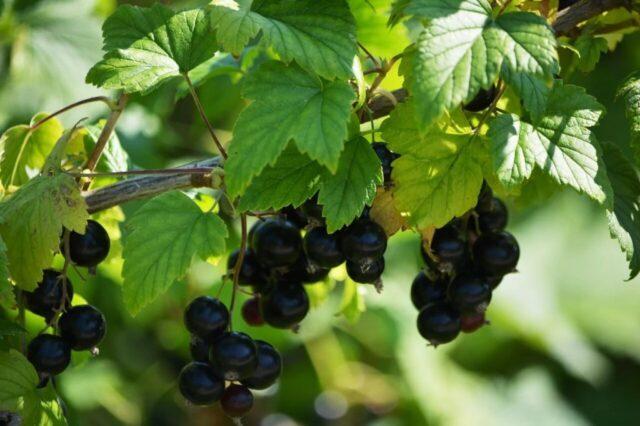
Berries contain natural antioxidants that protect against aging and cancer.
Pros:
- compactness of the bush;
- ease of maintenance and harvesting;
- winter hardiness;
- drought resistance;
- self-fertility;
- high productivity;
- good berry taste;
- the possibility of their transportation;
- versatility of use.
There are not many disadvantages to the Myth variety. These include:
- variety of berries;
- short fresh shelf life.
Features of planting and care
The optimal time for planting black currant variety Myth in central Russia is the second ten days of October or mid-April. The kidneys should be at rest at this moment. The plant loves moist soil, but does not tolerate stagnant water and swampy soil. The planting site should be well lit by the sun, but a location in light partial shade near fruit trees is acceptable. Normal soil acidity for currants is 4-5.5 pH.
The earth is dug up to a bayonet depth and organic fertilizers, superphosphate and potassium sulfate are added to it.
Planting is carried out according to the following algorithm:
- Dig holes with a width and depth of 0.6 m.
- Place drainage made of fine crushed stone on the bottom.
- Pour a mixture of humus (5 kg), wood ash (one glass) and superphosphate (100 g) onto the bottom.
- Sprinkle soil on top.
- Place the seedling in the center.
- Fill the hole and voids with earth and compact them lightly.
- Mulch the soil under the seedling with peat.
Important! When planting Myth currants in autumn, it is necessary to hill up its base high before the onset of winter cold.
Further care consists of watering, periodic feeding, pruning and preparation for winter.
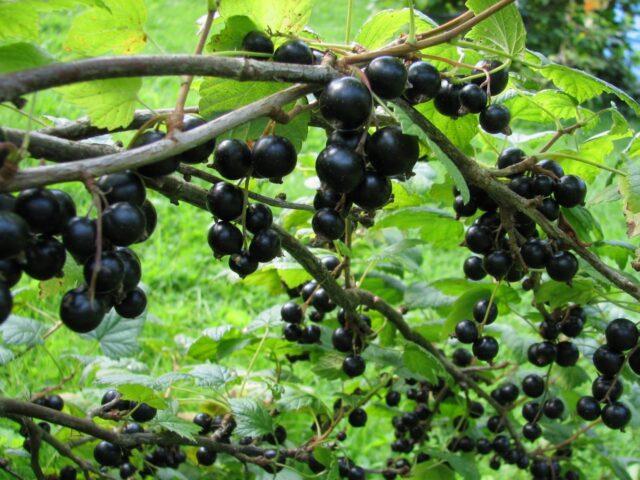
For planting, select seedlings with a well-developed root system and no signs of disease.
Watering and fertilizing
During the first time after planting, currant bushes must be watered frequently. Moistening is carried out using sprinkling or from a watering can late in the evening so that young foliage does not get burned. Fertilizers are applied in the second year after planting twice per season - nitrogen in the spring, and phosphorus in the fall.
Trimming
Currant bushes of the Myth variety are very compact, erect, and are not prone to lodging, so the plant does not need staking. The first pruning is carried out immediately after planting, shortening the shoots by half. Next spring, damaged, twisted and dry branches are removed, and then old ones, more than five years old, are removed.
Preparing for winter
Currants of the Myth variety are frost-resistant, so they do not need shelter for the winter. To prepare for frost, you should remove fallen leaves, water the bushes generously and mulch the tree trunks.
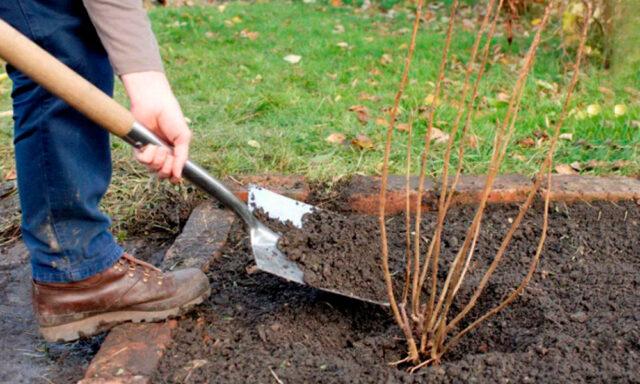
The root collar is buried 5-6 cm
Conclusion
Currant Myth is an excellent variety for planting not only in the central regions of Russia, but also in more northern and southern regions. It winters well and produces annual harvests of good quality berries. By planting several bushes, you can provide seven with vitamins for the whole year.
